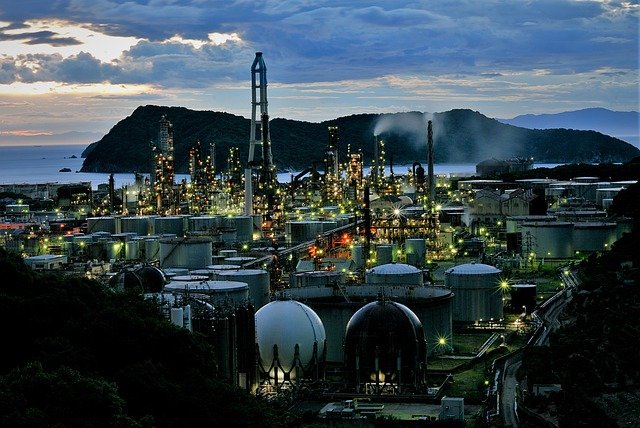-
Typhoon Odette combined with rising Omicron cases stalled Philippine manufacturing growth at the start of 2022
-
The Philippine Purchasing Managers’ Index fell from 51.8 in December 2021 to 50.0 in January 2022, ending four successive months of growth
-
Production volumes decreased at the quickest rate for five months
-
The decline is due to pandemic restrictions, adverse weather conditions and a lack of raw materials
-
Virus-related restrictions and port congestions markedly increased lead times and limited raw material availability
-
Firms faced additional surcharges and higher freight costs
-
Declines in production and new orders also hit business confidence at the start of the year
Typhoon Odette combined with rising Omicron cases put a brake on Philippine manufacturing sector growth in January, with the Philippine Purchasing Managers’ Index (PMI) falling from 51.8 in December 2021 to 50.0 in January 2022, according to the latest survey of London-based IHS Markit.
A PMI reading of over 50 indicates growth or expansion; under 50 suggests a contraction.
The latest PMI ended four successive months of growth amid the impact of Typhoon Odette, material scarcity, and the COVID-19 pandemic, IHS Markit said.
“The latest PMI data revealed an unfortunate start to the year for the Philippines manufacturing sector, with the surge in case numbers and typhoon Odette hitting large parts of the nation,” IHS Markit economist Shreeya Patel said in a statement.
“Anecdotal evidence suggested both factors weighed heavily on both domestic and international demand as well as firms’ ability to produce goods. Material shortages and delivery delays were also prominent, continuing pressure on vendor performance.”
Production volumes decreased at the quickest rate for five months with survey panel comments linking the decline to pandemic restrictions, adverse weather conditions, and a lack of raw materials.
IHS Markit noted tighter restrictions paired with higher prices for goods weakened the demand environment.
Except for the marked contractions seen in mid-2020, the latest decline was among the strongest in the survey’s six-year history, despite being only modest overall.
Meanwhile, international demand declined at the fifth quickest rate in the series with the pandemic and the typhoon reportedly weighing on sales to foreign markets.
With new orders and output falling in January, IHS Markit said firms continued to scale back on headcounts. Job shedding has now been seen in each of the last 23 months, though the latest fall was the softest in the current period of decline and only marginal.
Goods producers saw another severe decline in supplier performance at the start of the year, with respondents noting that virus-related restrictions and port congestions had markedly increased lead times and limited raw material availability.
Consequently, firms faced additional surcharges and higher freight costs.
Despite a renewed fall in output and new orders, companies raised their stocks of pre-production inventories amid efforts to secure inputs ahead of further shortages. Post-production inventories fell sharply, however.
Input scarcity and higher raw material costs were widely reported in the latest survey period. Input prices rose sharply, despite easing to the softest rate in four months. Meanwhile, firms passed on higher expenses through greater selling prices, which rose at the quickest rate in seven months. Firms reportedly sought to protect profit margins.
Declines in production and new orders also hit business confidence at the start of the year. Survey panelists commented that the lasting effects of the pandemic and the typhoon muted sentiment.
Despite this, the outlook remained positive overall with survey panelists’ hopeful of a return to normality and fruitful market conditions over the course of the year.





